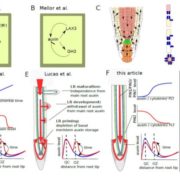
Perspective: Periodic lateral root priming: What makes it tick
Plant Science Research Weekly, Research0 Comments
/
The very earliest step in lateral root formation is “priming”, a still-elusive process that establishes a subset of cells as competent to form lateral roots. In this Perspective, ten Tusscher and Laskowski review evidence for priming, which involves oscillations of auxin level or responsiveness…
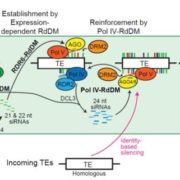
What We're Reading: February 24
Plant Science Research Weekly
Insight: Why we need more non-seed plant models
There is much to be learned from comparing plant genomes, but as Rensing writes, currently available genomic data are skewed heavily towards angiosperms. He argues that a richer understanding of plant evolution depends upon gaining insights into…
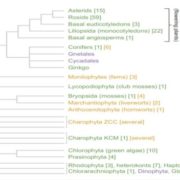
Insight: Why we need more non-seed plant models
Plant Science Research Weekly, ResearchThere is much to be learned from comparing plant genomes, but as Rensing writes, currently available genomic data are skewed heavily towards angiosperms. He argues that a richer understanding of plant evolution depends upon gaining insights into the non-seed plants, including ferns, mosses and liverworts,…

Chris Martine: Inspiring Exploration in Botany
Education, Education General, Profiles of Plant ScientistsChris Martine is a Professor of Biology at Bucknell University. He is also an excellent communicator of plant science, through his YouTube series "Plants are Cool Too". In 2016 he was awarded the New England Biolabs Passion in Science Award. You can see him talk about his science communication efforts…

Alternative careers in science: My experience as an informal educator
Blog, Careerpaths, Careers, Profiles of Plant ScientistsBy Courtney Price, Education & Outreach Specialist, Arabidopsis Biological Resource Center & Center for Applied Plant Sciences, and Plantae Fellow
With a passion for life science, conservation and education, my academic and professional experience has taken me on a convoluted path. That…

People Behind the Science: Michael Blatt
Careers, Careers - Blog, Profiles of Plant ScientistsMike Blatt, Editor-in-Chief of Plant Physiology, was recently interviewed for the "People Behind the Science" podcast series.
Read excerpts and hear the full interview here http://www.peoplebehindthescience.com/dr-mike-blatt/#more-5509.
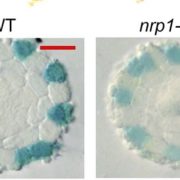
A Histone Chaperone and a Specific Transcription Factor Modulate GLABRA2 Expression in Root Hair Development
Research, The Plant Cell: In BriefIN BRIEF by Jennifer Mach [email protected]
To navigate its essential function of producing mRNAs, RNA polymerase II (Pol II) must navigate the thread of DNA, which winds around thousands of nucleosomes. If you’ve ever tried to use a sewing machine but got your bobbin thread tangled, then the task faced…
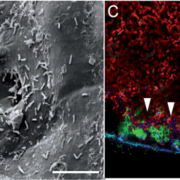
Immunity at hydathodes controls bacterial infection ($)
Plant Science Research Weekly, ResearchHydathodes are the sites of guttation, which is a process by which water and solutes are pushed out of leaves by the force of root pressure when the rate of transpiration is low (for example at night). Hydathodes have numerous stomata-like pores and are located near vascular ends. Like stomata, hydathodes…

Dissecting transposon silencing through introduction of exogenous TEs
Plant Science Research Weekly, ResearchFultz and Slotkin explore the question of how transposable element (TE) silencing is initiated. As they describe, there are two recognized mechanisms, one based on TE identity (meaning that it can be silenced through siRNAs initiated from a related TE, and in which de novo silencing can occur in the…

